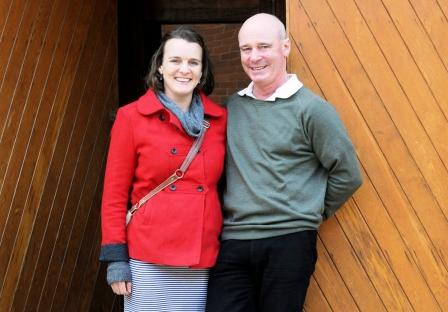By James Atkinson
Tahbilk has reached the point where it can produce quality Marsanne wines almost regardless of vintage conditions, according to chief executive Alister Purbrick, who gave TheShout an overview of the winery's 2013 releases.
Purbrick said that if show awards are any indicator, then 2012 was one of Tahbilk's strongest vintages in recent memory, with all its varietals of Marsanne, Viognier and Riesling performing strongly.
However, he said all vintages from 2000 onwards have been very strong for Tahbilk's whites.
"It becomes a bit of a moot point, which may be the better year. Marsanne particularly we can make consistently almost regardless of the vintage circumstances now," Purbrick said.
"The 2011 Marsanne got a lot of accolades and has lots of cellaring potential as well, and yet 2011 was an incredibly wet year and unbelievably challenging from a viticultural perspective."
He attributed Marsanne's resilience to the grape's thick skins, disease resistance and early ripening.
"It reaches full flavour level at a lower sugar level than a Viognier or some of the other grape varieties," he said. [continues below]
Tahbilk wine club and tourism operations manager, Hayley Purbrick, with CEO Alister Purbrick
Purbrick said he is convinced that Tahbilk's strategy of dominating a niche rather than being an 'also ran' in a category is paying off, with regards to the winery's focus on white Rhone Valley varietals.
"With Marsanne, we absolutely dominate that niche. With Viognier we're improving our sales and we're getting some reasonable volumes, so it's working well for us," he said.
As a point of difference, Purbrick said Tahbilk always releases its red wines with a couple of years of bottle age. As such it will be the vintage 2010 Cabernet Sauvignon and Shiraz that will hit the market in the middle of this year.
"The 2010s look terrific, that's one of our stronger years of that decade," he said.
Currently on the market are the Tahbilk 2009 Shiraz and Cabernet Sauvignon, which are sourced from the estate's various old vineyard block plantings.
"With the age and character of our estate plantings of Shiraz and Cabernet Sauvignon, I don't feel so much a winemaker as a 'wine massager'," Purbrick says.
"It is all about the aged-vine characteristics of the fruit – we are really just massaging the yields from our various old block plantings into a final blended package that reflects the terroir of the estate."

